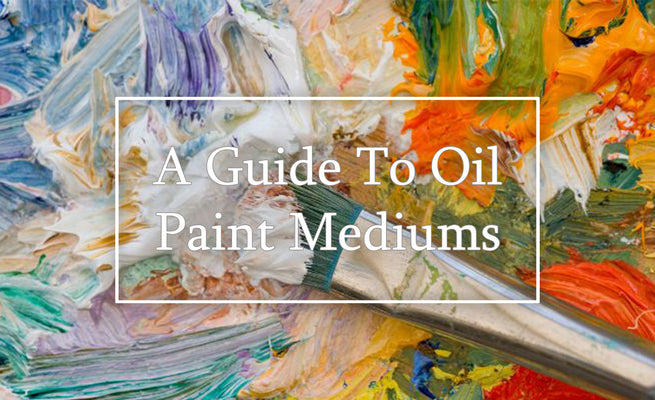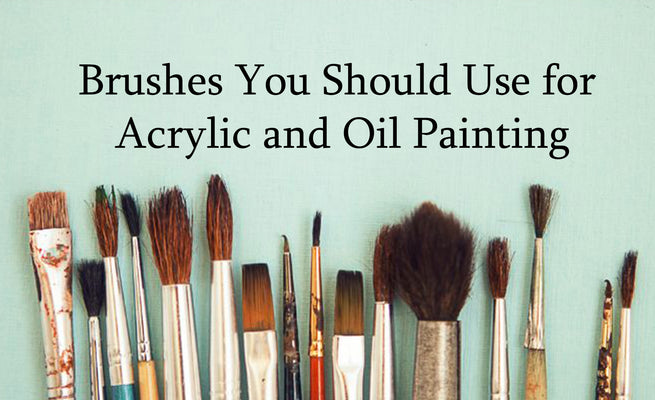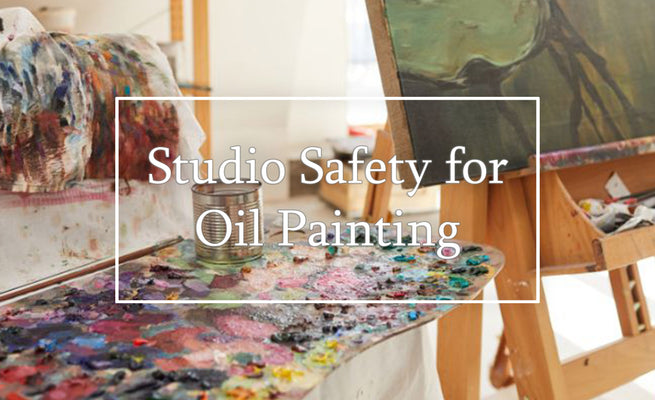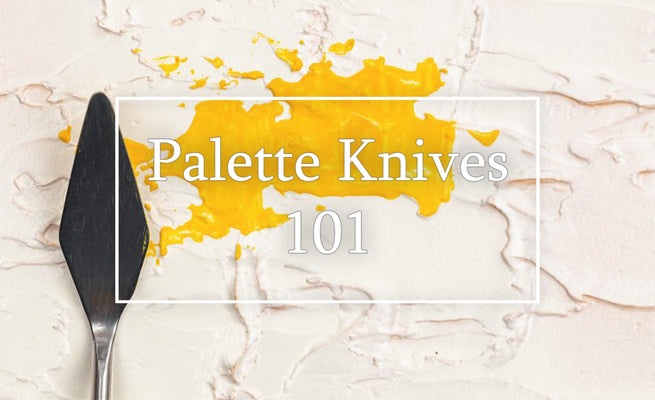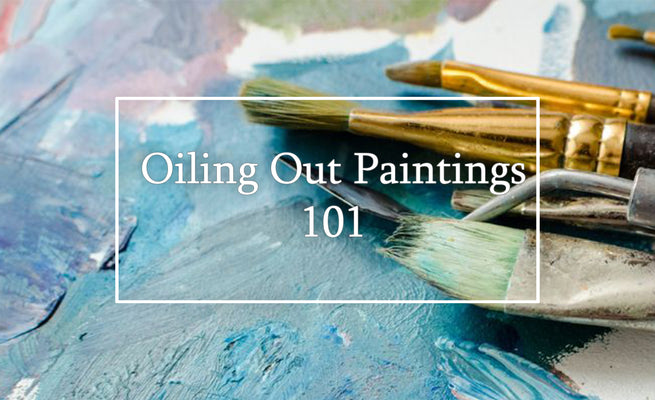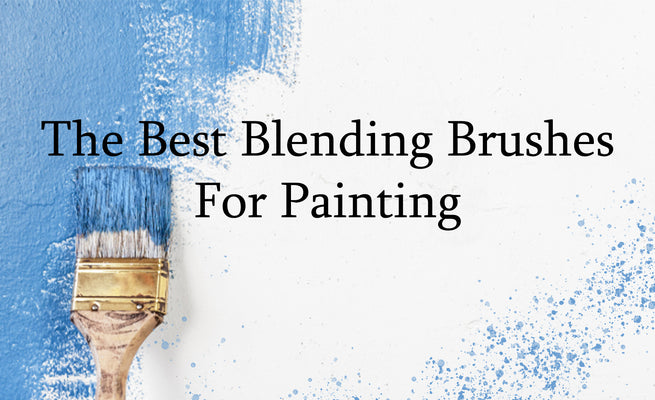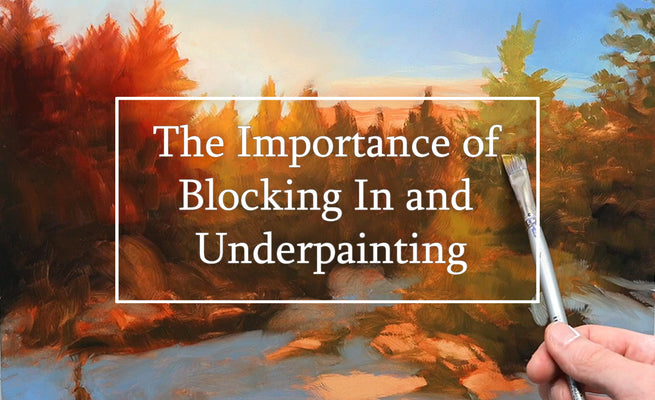Ever heard of alla prima and wondered how it's done or even what it is? Well let's first define what alla prima means. It's an Italian phrase that translates to "at first attempt." In other words, alla prima painting is a technique where you complete a painting in one sitting without allowing the layers of paint to dry in between. It's also commonly referred to as "wet-on-wet" painting and it's what I'm going to cover in this article.
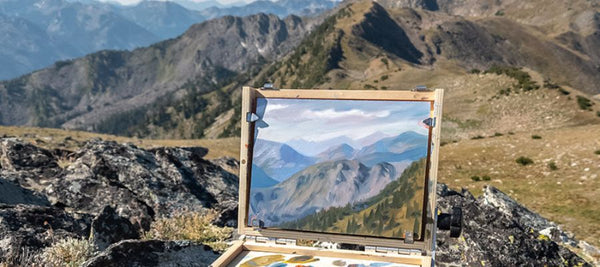
Note: This blog contains affiliate links and purchasing through them supports our site at no extra cost to you.
A brief history of alla prima
Alla prima is a painting technique that has been around for centuries and has been used by many artists throughout history. This technique gained popularity during the late 19th and early 20th centuries, particularly among the Impressionist and Post-Impressionist movements.
Artists such as Vincent Van Gogh, Claude Monet, and John Singer Sargent were known for their alla prima paintings, which were characterized by their loose brushstrokes and bold use of color. They believed that this technique allowed them to capture the essence of the subject in a spontaneous and lively manner.
Today, alla prima painting continues to be a popular technique among artists, both amateur and professional. It offers a unique challenge and allows for a greater sense of freedom and creativity in the painting process. So, if you're looking to try out a new technique, alla prima painting is definitely a challenge, but also worth a try.

How do you paint alla prima and what are the steps?
The key to this painting technique is to have a solid plan and to work quickly. Here's a simple step-by-step guide for alla prima painting:
Step 1: Make sure your canvas or panel is prepped and ready to go. This means that it should not only be primed with gesso, but it should be toned with a thin layer of paint to establish a mid-tone. I recommend burnt sienna or similar.
Step 2: Using a charcoal or a mixture of sienna and thinner, sketch out your composition. Keep it loose and don't worry about adding too many details. You want to know where everything will exist in your painting and establish a thought out plan before beginning with color.
Step 3: Start by blocking in the shapes of your composition with a larger brush and paint only thinned with mineral spirits or lean medium. This is where you should establish your values and overall color scheme. I like to start by establishing the darker tones and lighter tones first, then work to bridge the gap as I continue.
Step 4: Once you have the basic shapes and values down, start refining the details. Remember to work quickly and keep your brushstrokes loose. This is where I'll usually switch to a smaller brush like the dagger striper or a small angled flat. I'm focused on details, but I don't get stuck in them and I move around the painting quickly to build it all together in uniform.
Step 5: Continue refining and adding details until you're satisfied with your painting. Don't overwork it, as the goal is to complete it in one sitting. On the contrary, if you have the time and you enjoy the process, keep going to see how far you can take it without overdoing it. This is a tough balance and one that may take some trial and error to perfect. My suggestion is don't be afraid to mess up a few paintings in order to get your technique down.

What are some additional tips for alla prima?
Now that you know the basics, let's talk about some tips and tricks to make your alla prima painting work even better for you.
Use a limited color palette: Limiting your color palette can help create a cohesive and harmonious painting. Stick to just a few colors and mix them to create variations. As you get more comfortable with the process of alla prima painting, you can begin to add more colors.
Don't be afraid to scrape off paint: If you make a mistake or don't like how something looks, don't be afraid to scrape it off and start again. This is why it's important to work quickly and keep your brushstrokes loose.
Be confident with your brushstrokes: Alla prima painting is all about confidence and bold brushstrokes. Don't be afraid to make bold marks as it relates to the size of your painting and experiment with different brush sizes and textures.

Alla prima painting can be a rewarding technique for artists of all levels. It offers a unique challenge and brings more spontaneity in the painting process. While it may take some time and practice to get comfortable with this technique, the results can be a painting that really captures the energy and essence of the subject. So whether you're an experienced artist looking to try out a new approach, or a beginner looking to improve your skills, alla prima painting is definitely worth exploring.



